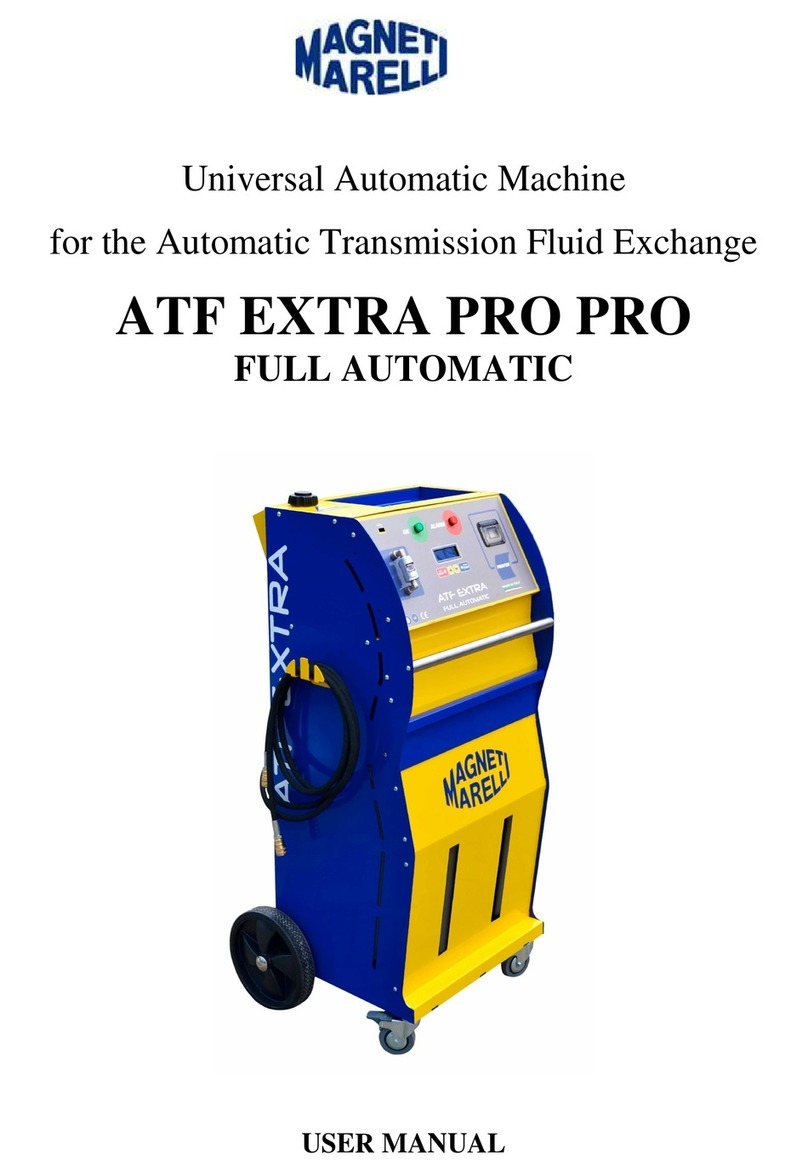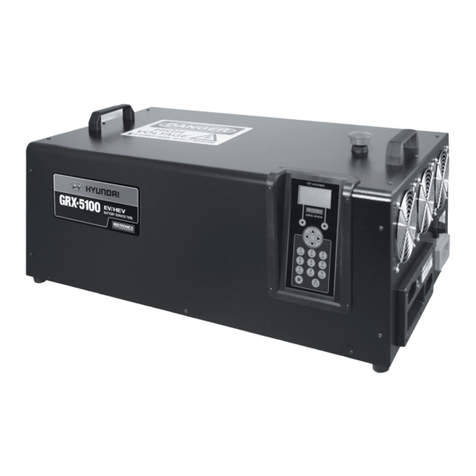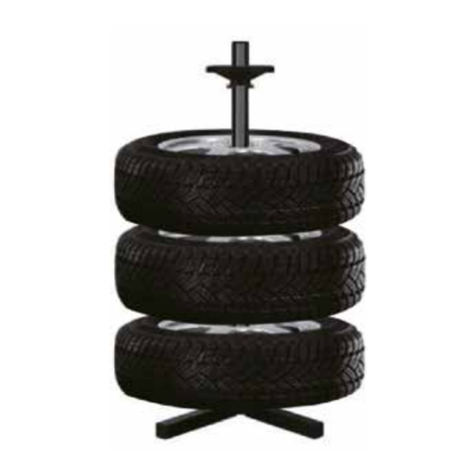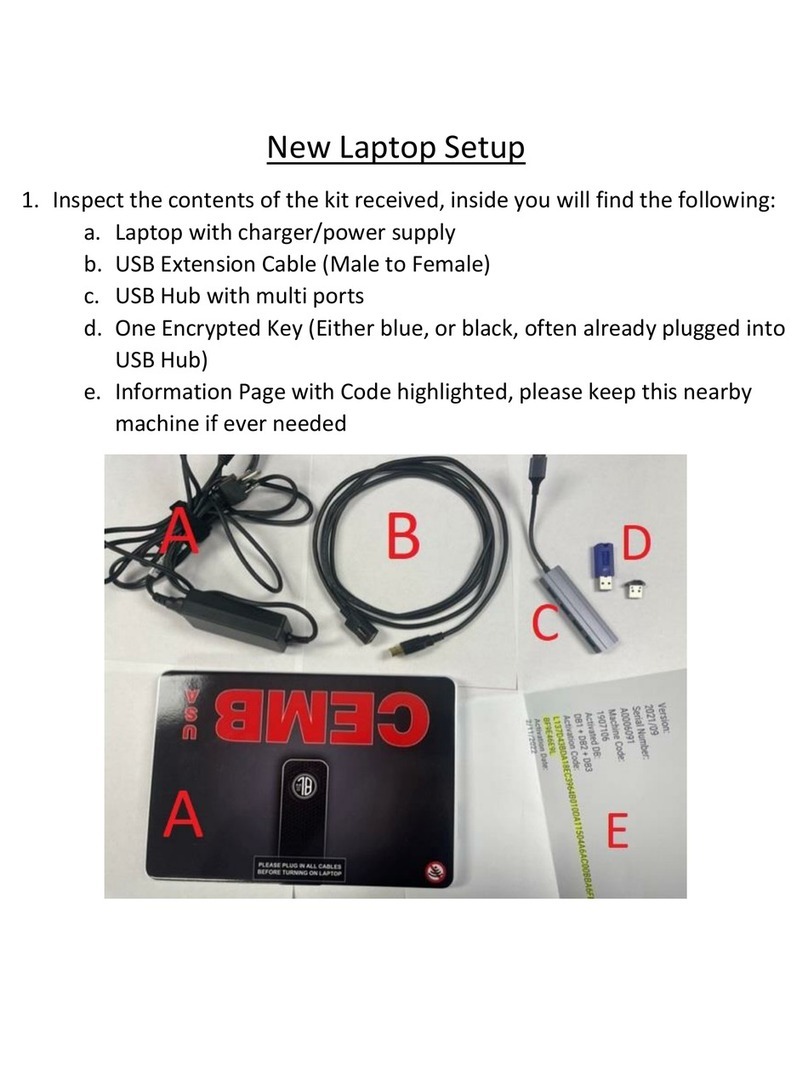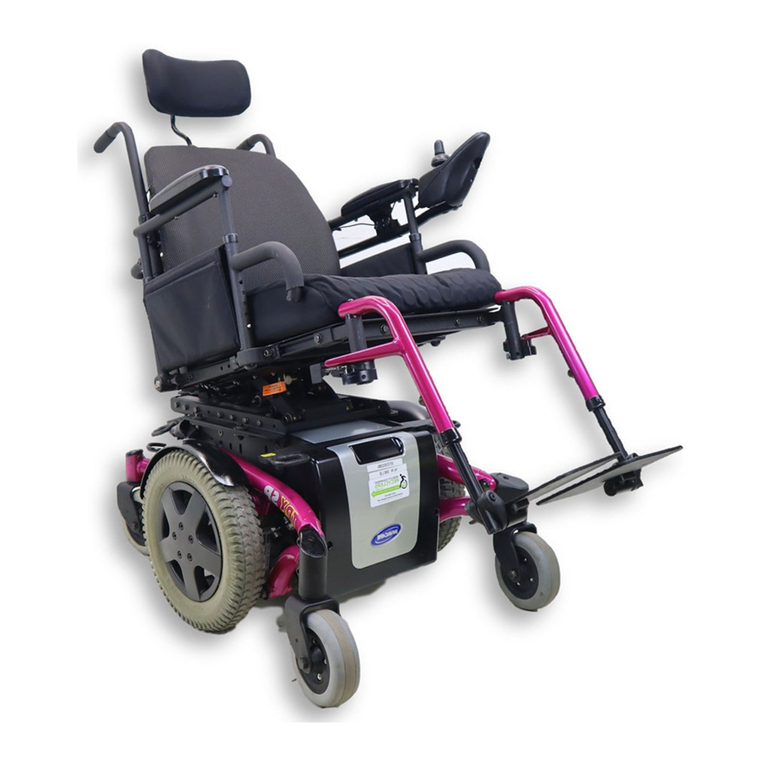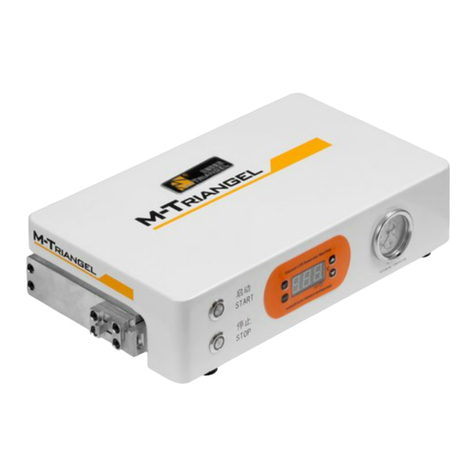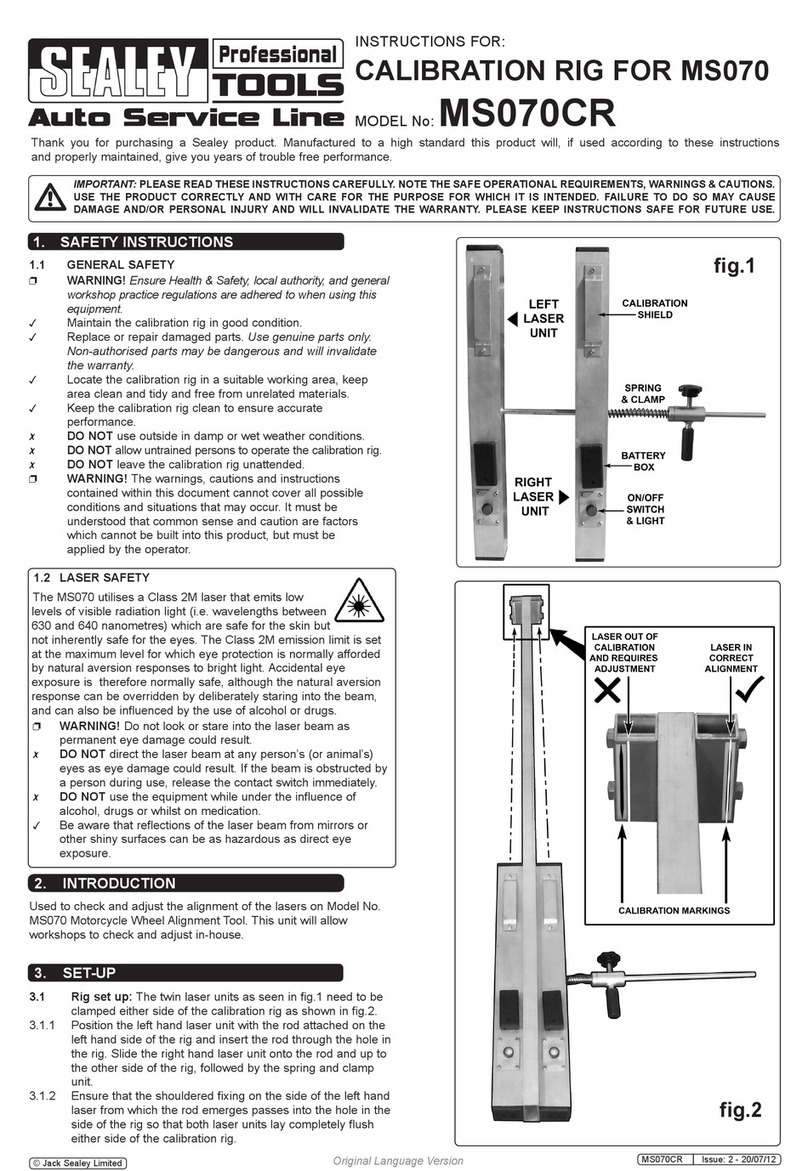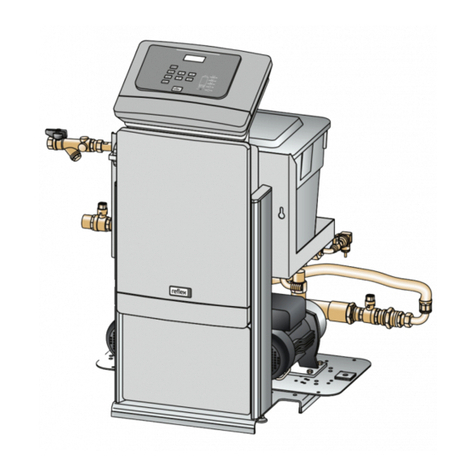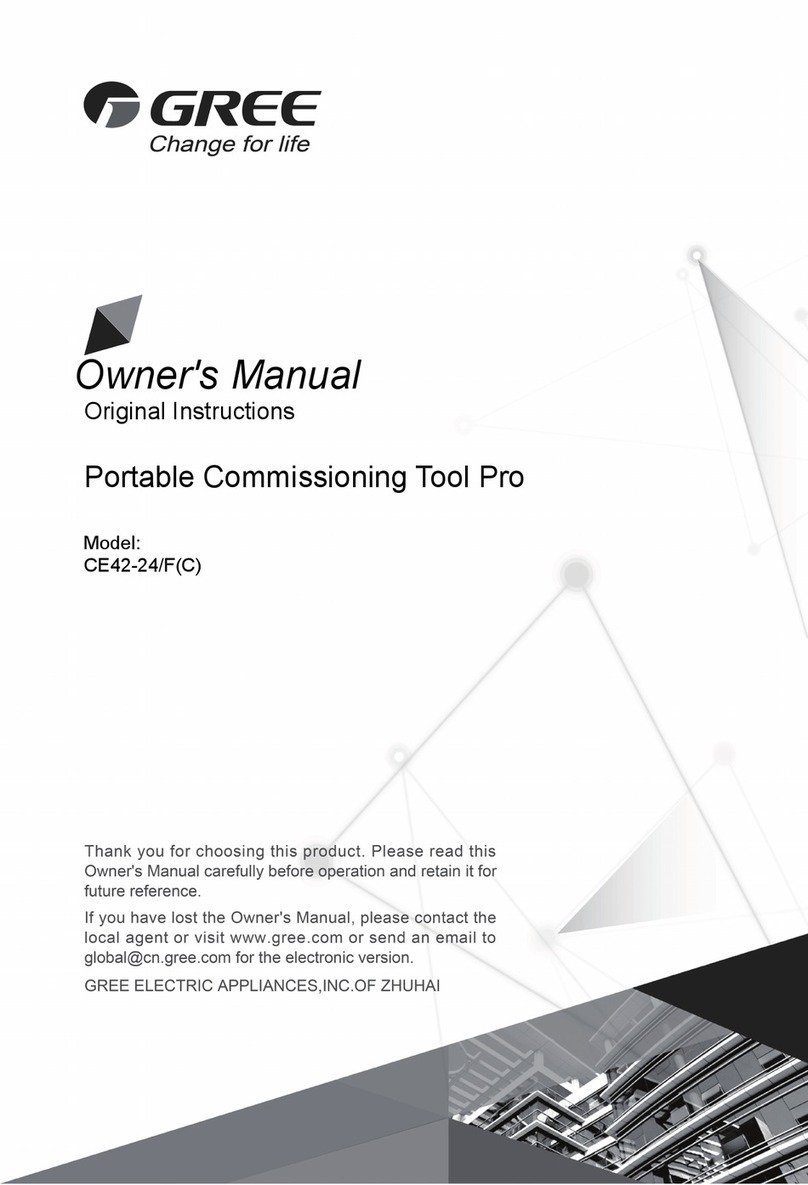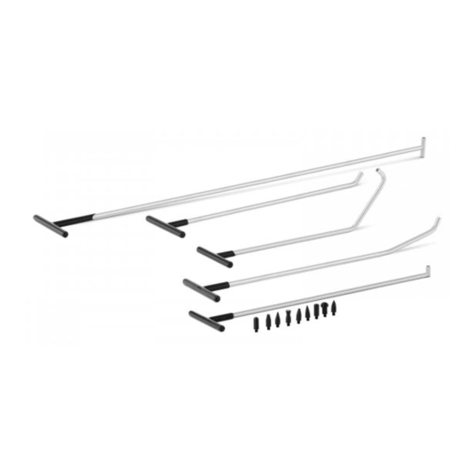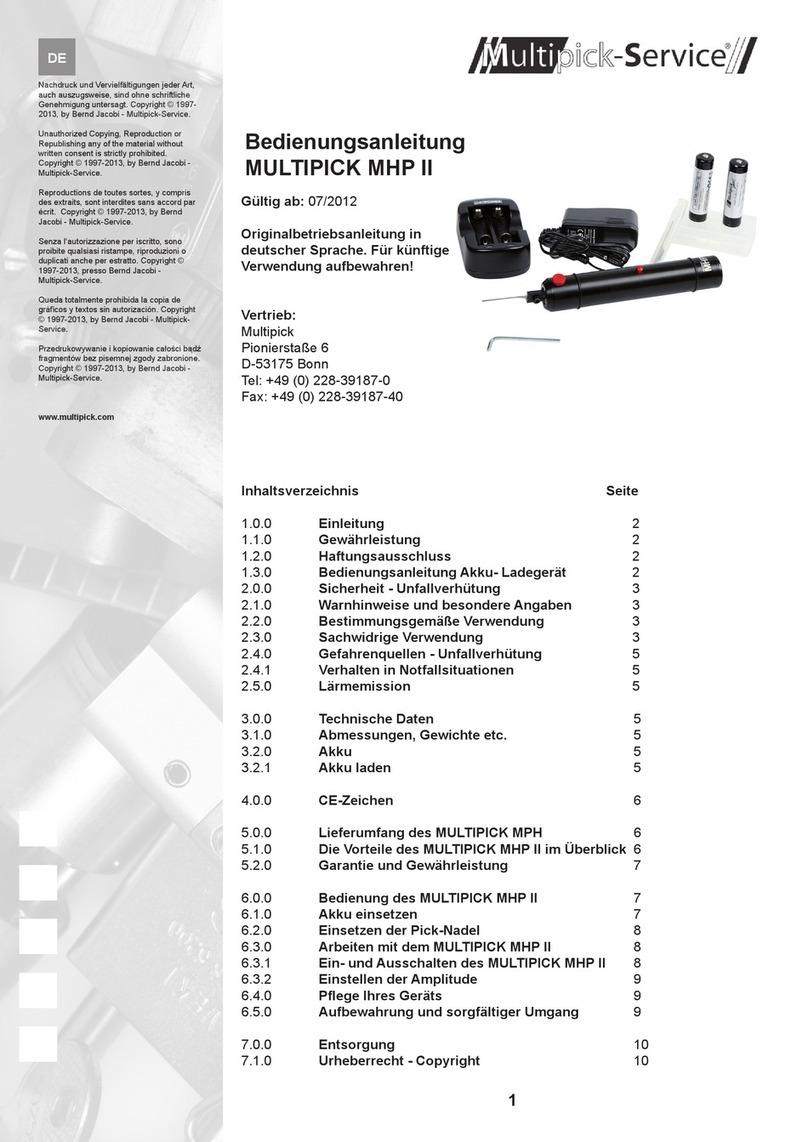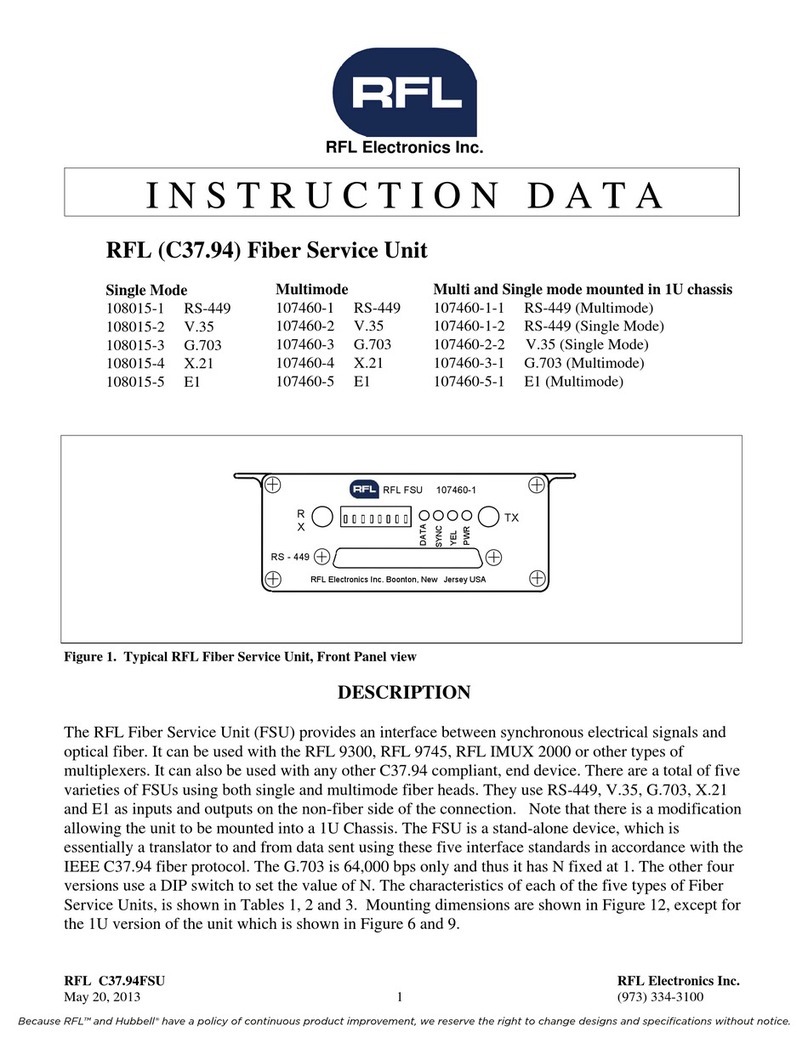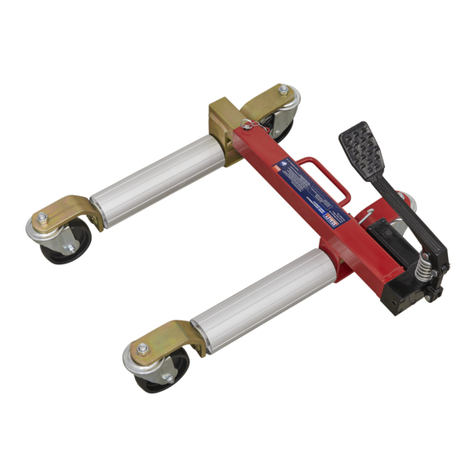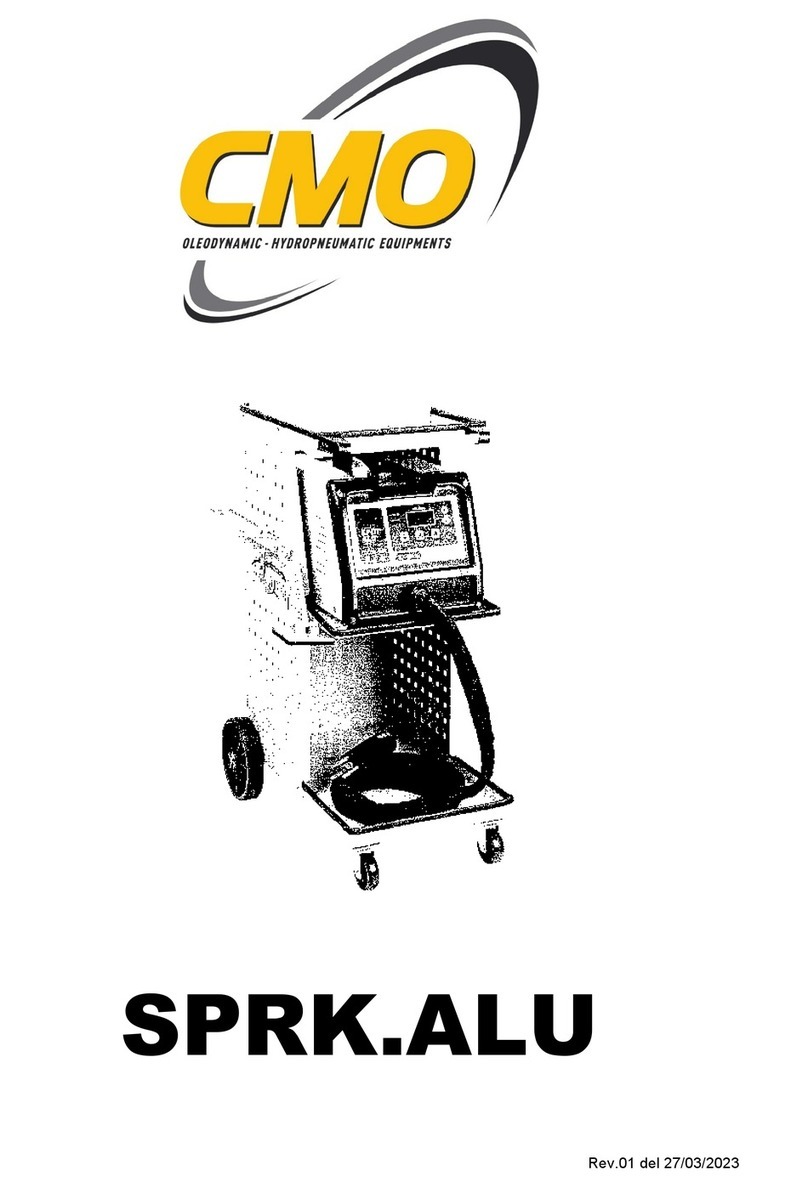
a) Good monochromaticity.
The light emitted by ordinary light sources contains a wide range of wavelengths,
that is, the width of the line is wide. For example, sunlight contains all visible
wavelengths, and the laser is a single wavelength. The line width is extremely narrow,
usually in the range of hundreds of nanometers to several micrometers. Compared to
ordinary light sources, the spectral line width is several orders of magnitude
narrower.
b) Good coherence.
The laser beams are superimposed and their amplitude is stable. For a long time, the
phase relationship before and after the light wave can be kept unchanged, which is
impossible for any other light source.
c) Good directionality.
The light emitted by the ordinary light source is directed to the square, and the beam
divergence is large; and the laser divergence angle is small, generally several
milliradians.
d) High brightness.
The laser beam can be focused to a small area by an optical system (such as a lens)
with high brightness.
4.2 Introduction to the laser
The working medium of the laser can be a gas, a liquid or a solid. The working
medium of most gas lasers consists of atoms, molecules or a mixture
of the two. The working medium of a solid laser consists of atoms or ions doped in
certain crystals. The working medium of a liquid laser consists of molecules of large
molecular weight dissolved in a liquid.
Under certain pumping conditions, all of these working media can achieve "particle
count reversal" and produce a laser output of a certain wavelength.
Fiber laser marking machines use the most advanced pulsed fiber lasers in the world
today. Fiber lasers have been developed on the basis of fiber amplifiers. The fiber
amplifier uses a rare earth doped fiber, and an appropriate feedback mechanism
forms a fiber laser. The rare earth doped fiber acts as a gain medium for the fiber
laser. In the fiber laser, there is a very fine fiber core. Due to the action of the
external pump light, a high power density is easily formed in the fiber, thereby
causing a population inversion of the energy level of the laser working substance. A
fiber grating is used as a resonant cavity of the fiber laser. A tree-shaped cladding
fiber made by a special process, multi-mode pump light is introduced from the fiber
port, and a small-mode doped rare earth element (such as germanium) single-mode
fiber core pump in the tree-type fiber . When the pump light traverses the core of
the single-mode fiber each time, the atom of the rare earth element is pumped to
the upper level, and then the self-generated radiation is generated by the transition,
